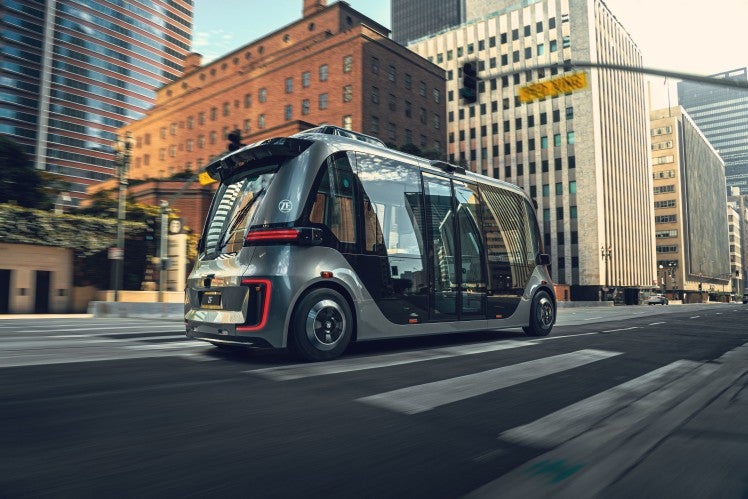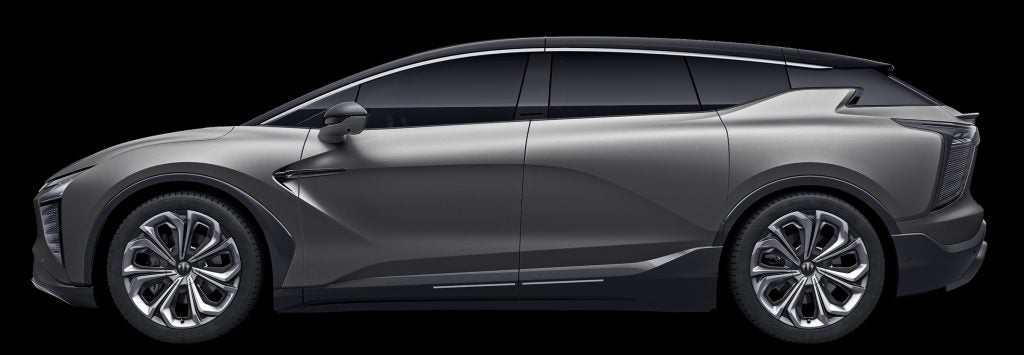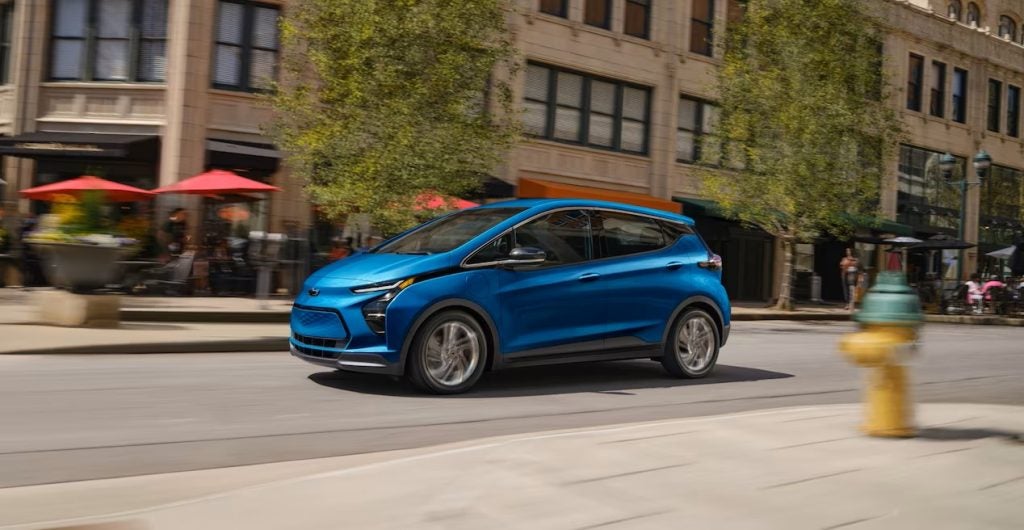
Question of the week: When will we have driverless vehicles? Fully Autonomous Vehicles (AVs) represent a mobility game changer with great promise but tech development has slowed and major challenges to rollout remain. The promise of such vehicles is great – they could bring mobility to sections of the market that have never before had access such as children, the disabled, or those otherwise unable to drive themselves. In addition, they could enable new business models such as ride-hailing services using robotaxis, on-demand freight logistics services, mobile retail, in-car content provision, and servicing to be brought directly to the customer. The difficultly of commercializing autonomous vehicles has proven equally great. For example, the leap taken from SAE Level 1 autonomy to Level 2 has proven to be minor compared with the jump in complexity needed for Level 3 ‘eyes-off’ AV operation. Moving to Level 4 from Level 3 will be a bigger jump still. Even Level 3 vehicles will appear simple in comparison with the higher levels and capabilities demanded by truly self-driving Level 4 and Level 5 models, both of which might not include controls for human drivers.
Graphene disruption
Graphene looks set to disrupt the electric vehicle (EV) battery market by the mid-2030s, according to a new artificial intelligence (AI) analysis platform that predicts technological breakthroughs based on global patent data. There are around a dozen battery chemistries vying for market dominion; which one will emerge victorious is the veritable trillion-dollar question. For the near-term at least, traditional lithium-based batteries are likely to maintain their grip on the market, with sodium-based batteries offering a cheap and green alternative for certain applications, according to new research from Focus, an AI analysis platform that predicts technological breakthroughs based on global patent data. It is the emergent graphene and dual-ion batteries, however, that are likely to truly disrupt the market one day. The research suggests that graphene batteries in particular will emerge in the early to mid-2030s to challenge their lithium counterparts for the EV crown, as the price of graphene production falls precipitously. This development promises to not only vastly improve EV performance but also offer a boon to energy efficiency and carbon reduction targets.
Daihatsu reshuffle
In the news recently for all the wrong reasons, Daihatsu, the small car and contract build specialist in the Toyota Motor group, was expected to announce a new management structure next week. According to Reuters, Soichiro Okudaira, president of Daihatsu, whose production has been hampered by issues related to safety testing irregularities, also said the company planned to spend more time and allocate more workers for development.
China rising
How well do you really know your competitors?
Access the most comprehensive Company Profiles on the market, powered by GlobalData. Save hours of research. Gain competitive edge.

Thank you!
Your download email will arrive shortly
Not ready to buy yet? Download a free sample
We are confident about the unique quality of our Company Profiles. However, we want you to make the most beneficial decision for your business, so we offer a free sample that you can download by submitting the below form
By GlobalDataNot BYD, for once, but Chery Automobile said it planned to make Indonesia a major a manufacturing hub in south east Asia, targeting exports to neighbouring countries as well as local sales. The automaker currently assembles the Tiggo and Omoda 5 at a plant in Pondok Ungu in Bekasi, a city east of Jakarta, owned by contract assembler PT Handal Indonesia Motor. The company would raise local content to a level qualifying as ‘locally made’ planned to export vehicles to several neighbouring countries, including Thailand, Vietnam and the Philippines.
VW stays EV course
VW is keeping to its plans to launch 25 electric vehicle models in North America across its group brands by 2030 but is ready to adjust as the market shifts, Pablo Di Si, head of the automaker’s North American business, told Reuters. “When I look at the data from January, the (EV) segment continues to grow,” Di Si said in an interview ahead of the Chicago Auto Show. Electric vehicles accounted for 8.5% of North American vehicle sales in January, up from just under 8% last year, he said. However, Reuters reported, Di Si said the pace of growth was slowing and more investment in charging infrastructure and continued government support would be needed to expand EV sales in “middle America”.
China sales surge
Sales of China made vehicles surged by 48% to 2.44m units in January 2024 from weak year earlier sales of 1.65m, according to passenger car and commercial vehicle wholesale data collected by the China Association of Automobile Manufacturers (CAAM). The association released the data ahead of the all important annual Lunar New Year holidays when most major business in the country shut down for at least a week. Last year the holidays fell in January, which held back year earlier buying activity. Nevertheless, the Chinese market has strengthened significantly despite the release of weak economic data in recent months.
Ford to wield jobs axe
German union IG Metall and Ford have agreed to slash the number of jobs at the Saarlouis factory by about 3,500 after production of the Focus ends there next year, the union told Reuters. In June 2022, Ford decided to assemble a new electric vehicle in Spain, not Saarlouis, which has 4,500 workers, the report noted. The union said around 1,000 jobs at the plant would be retained after 2025, adding there would be no forced redundancies until 2032 and workers could leave early with an attractive and well funded severance deal.
Chips with that?
Toyota Motor and its main components supplier Denso said they were increasing their investments in Japan Advanced Semiconductor Manufacturing, a semiconductor manufacturing joint venture based in Kumamoto prefecture majority owned by Taiwan Semiconductor Manufacturing (TSMC). Sony Semiconductor Solutions is also a significant participant in this joint venture. JASM is currently building an advanced semiconductor plant, or fab, in Japan which is scheduled to begin operations this year. A second fab in Japan was announced recently with completion scheduled for 2027, in response to strong customer demand. Combined investment in the two plants was estimated at around US$20bn with strong support from the Japanese government.
Western Europe slips
The Western Europe new car (passenger vehicle – PV) selling rate fell slightly to 12 million units/year in January, with 901k vehicle registrations. In YoY terms, January grew 10.7% YoY, helped by a strong growth in Germany along with the other major West European countries. However, relative to pre-pandemic January 2019, the PV market is down almost 19%. The German PV market performed well in January with 214k vehicle registrations, 19.1% higher YoY. The strong YoY comparison is due to January 2023 being a low base given that the German government lowered certain vehicle incentives from the start of last year. The other major West European countries also performed well YoY thanks to a more supportive supply environment.
Nissan profit off
Nissan Motor reportedly posted a lower than expected 6.4% rise in operating profit for the December quarter but said it would maintain its annual outlook as a more profitable product mix offset a lower full year vehicle sales forecast. According to Reuters, operating profit was JPY141.6bn (US$951.80m) for the three months to 31 December, compared with an average estimate of JPY179.8bn in a poll of nine analysts. The forecast of JPY620bn for the current financial year was maintained.
Have a nice weekend.
Graeme Roberts, Deputy Editor, Just Auto




